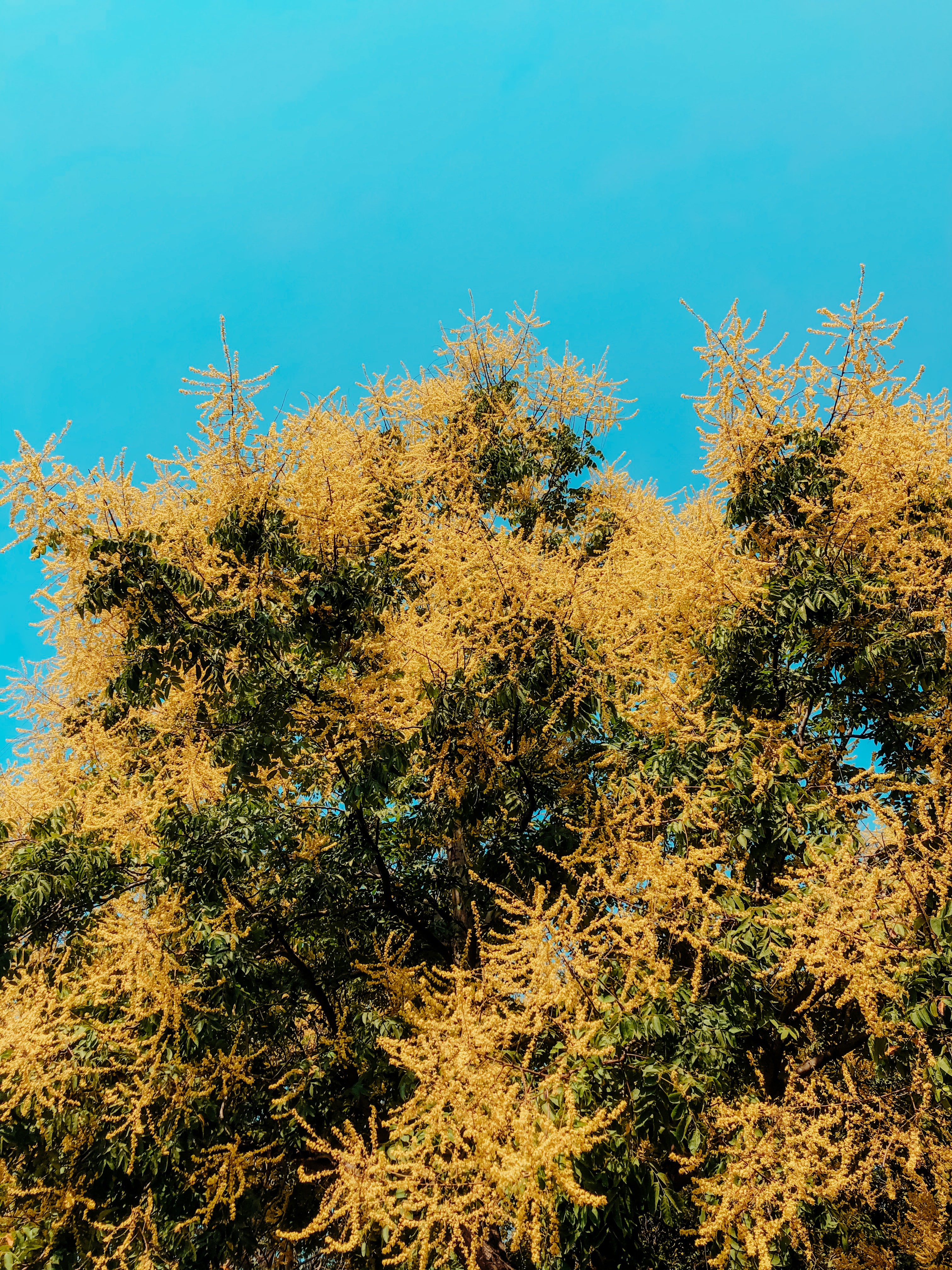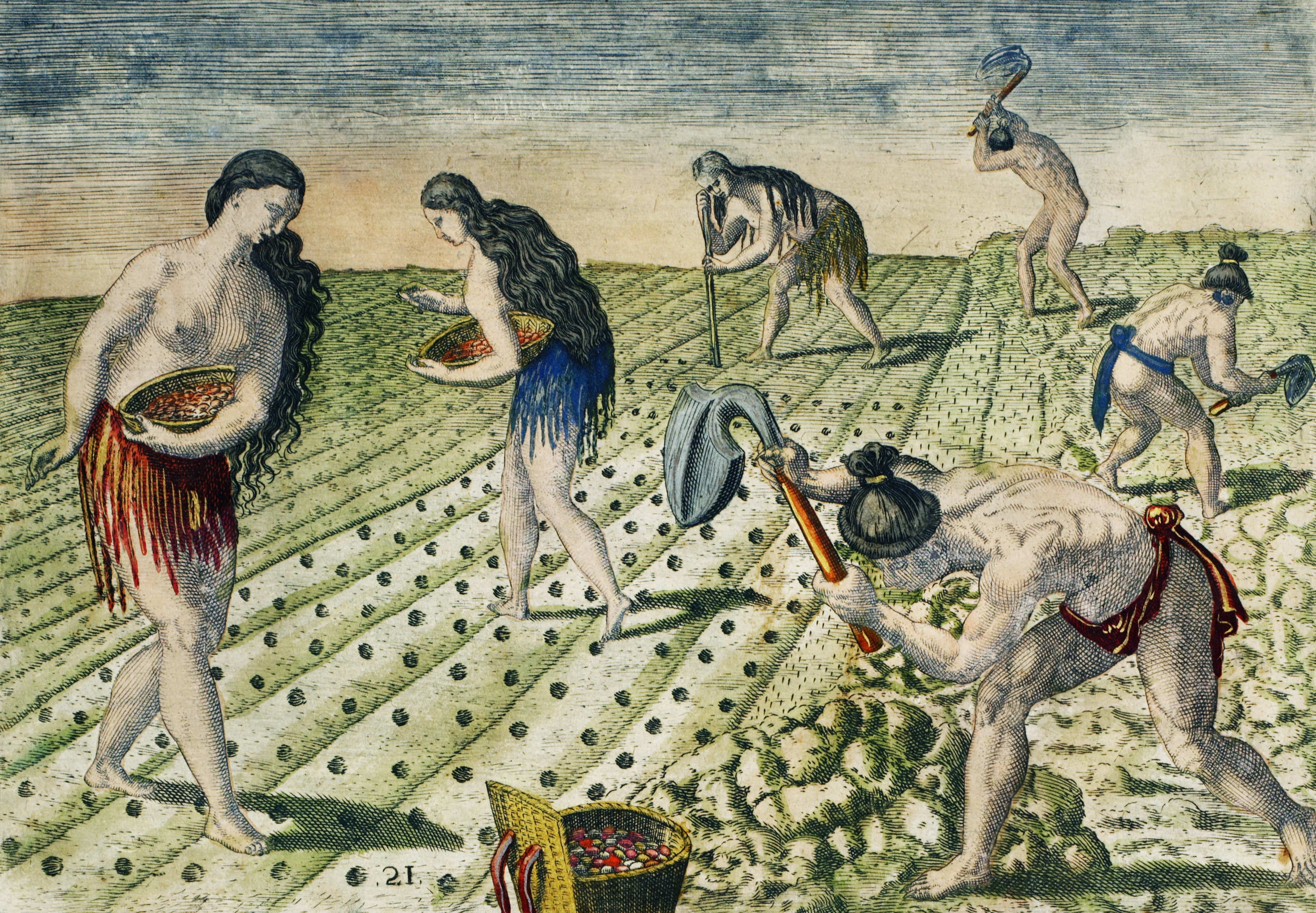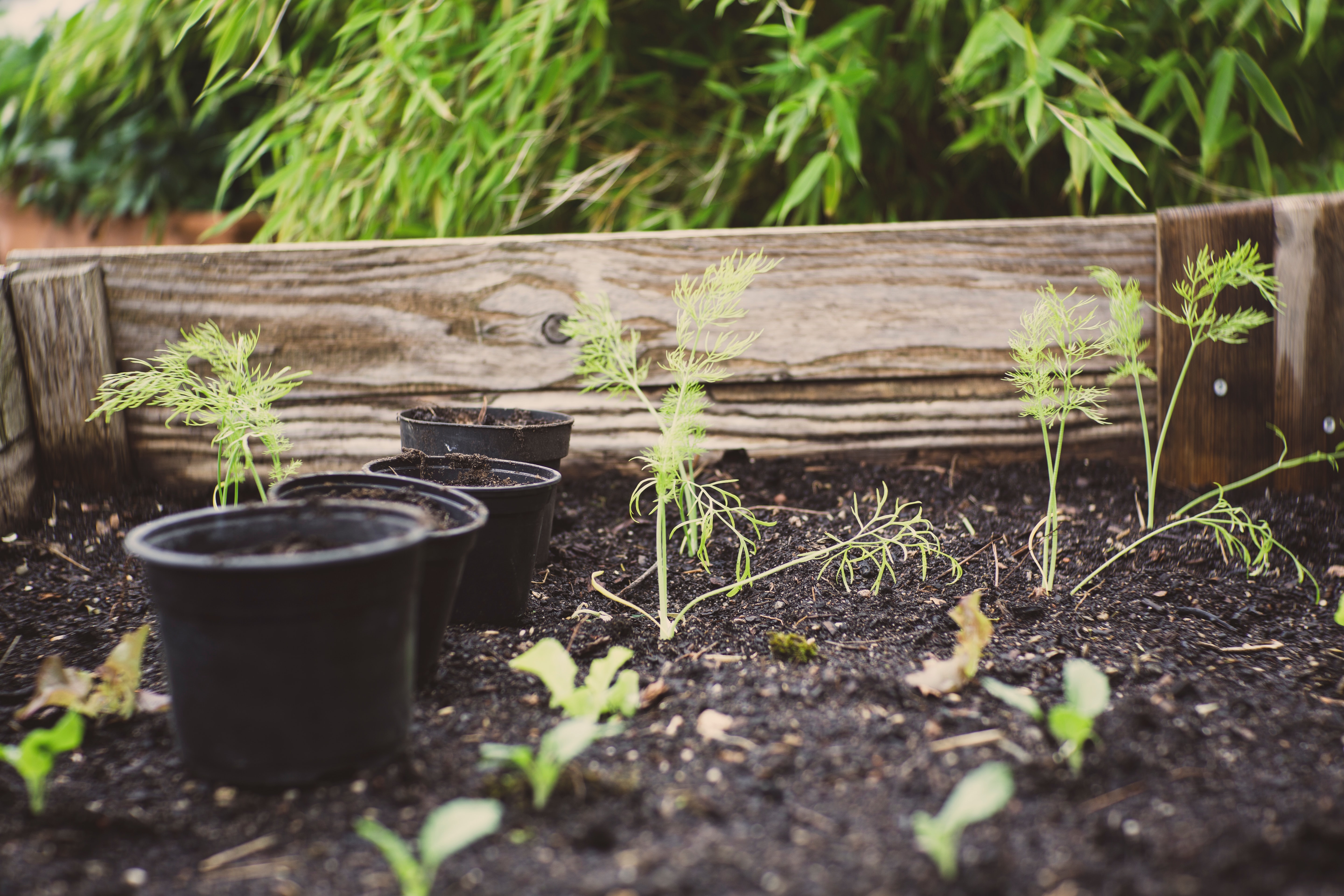
Can water cool the Earth’s fever? Although the climate disease is advancing incredibly fast, it’s still treatable, and the remedy comes in liquid form. As long as we learn to use it responsibly – for example, by measuring our water use. By influencing the circulation of water in nature, we shape the local microclimate and indirectly affect global warming. Even small actions are important: shutting off the tap while brushing your teeth, or changing everyday appliances to models that use less water. Those are the absolute basics. But we should think about other water management practices that we can introduce in our homes.
Managing ‘our’ water
Let’s start in the bathroom. Replacing a traditional flush toilet with a water-free composting toilet delivers amazing savings! And though we can’t introduce this solution everywhere, it’s worth considering. If you have the opportunity, try to minimize the use of water by installing water-saving tanks. Aerators installed on kitchen and bathroom taps also help reduce usage. Be sure to repair any leaking taps and pipes in your home.
If you have a house, take the advice of permaculture designers, who can tell you how best to get water for your garden. Interesting solutions include rainwater collection systems, or a simple installation allowing the recovery of so-called grey water and introducing it into the hydrological cycle of the greenery around your home. Grey water is the term for less-contaminated sewage, e.g. from your bath or shower, washbasin, washing machine, dishwasher or kitchen sink. Purifying it for use in your garden is simple.
Skilled permaculture designers create holistic ecosystems that support grey water and rainwater management in gardens. Their methods include living machines: home and greenhouse grey water treatment systems (living machines are technologies that use living organisms – plants, fungi, animals, microorganisms – to purify water); infiltration pools, meaning lower ground in gardens that make it easier to collect excess rainwater and soak it into the soil; rain gardens; and swales, trenches that stretch out along the contours of the terrain. Their role is to halt the surface flow of water, making it easier for it to sink into the ground and water rows of trees and bushes.
An important role in garden water management is played by areas mulched with organic material, by hydroponic gardening (cultivation of plants without soil, using the excess water collected during intensive rains), and by ponds connected with storm overflow systems. When the pond fills up with water, the excess is allowed to flow out via a safe path to the storm drain system.
Increased levels of organic matter in the soil (mulch, root systems, the development of mycorrhizal fungi – the kind that work with plants’ roots) also means better water storage, flood protection and drought resistance, as well as support for the development of microorganisms and earthworms. It also means better growth of trees and bushes – and, which follows, a reduction in the surrounding temperature, offsetting the effect of urban heat islands, a reduction of excessive water evaporation during heat waves, increased humidity and better air quality, an intensified process of photosynthesis, greater ability for plants to absorb CO2 and put out oxygen… the list of benefits goes on and on. But there aren’t many people who know that the higher the content of organic matter in the soil, the greater the sequestration (i.e. the capture and storage of greenhouse gases in the soil).
If, in addition to all that, we also introduce fruit-bearing ornamental plants into our gardens, it’s not just the environment and the climate that benefit; we can produce food to meet our own needs.
Find out more about water here: The Permaculture Mantra of Clean Water








